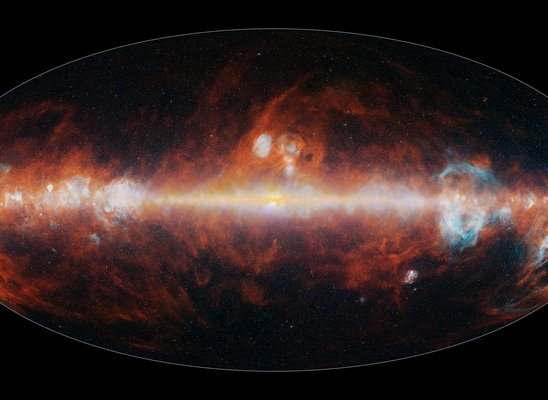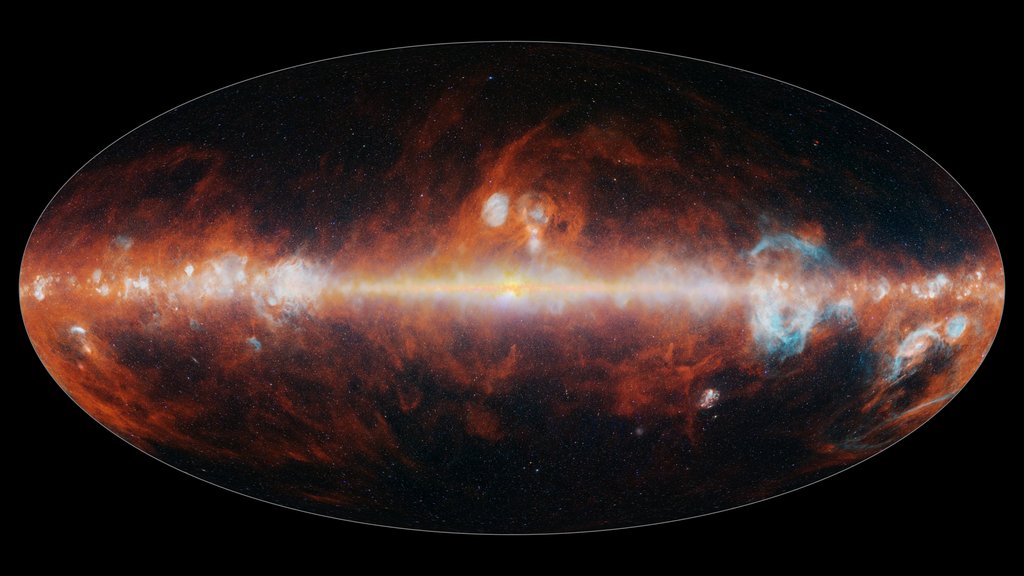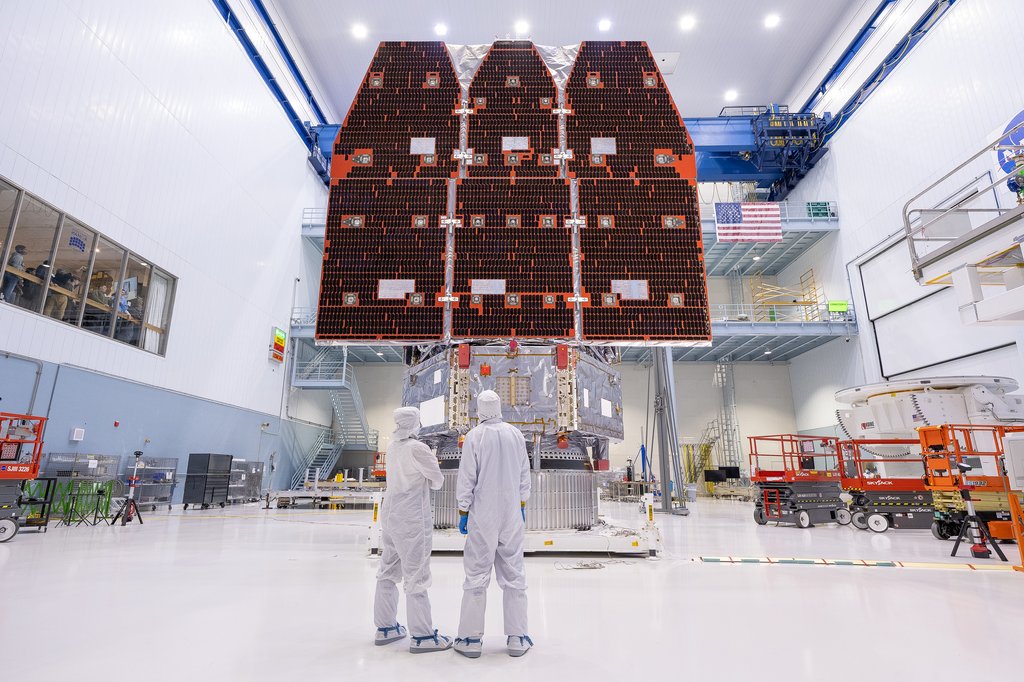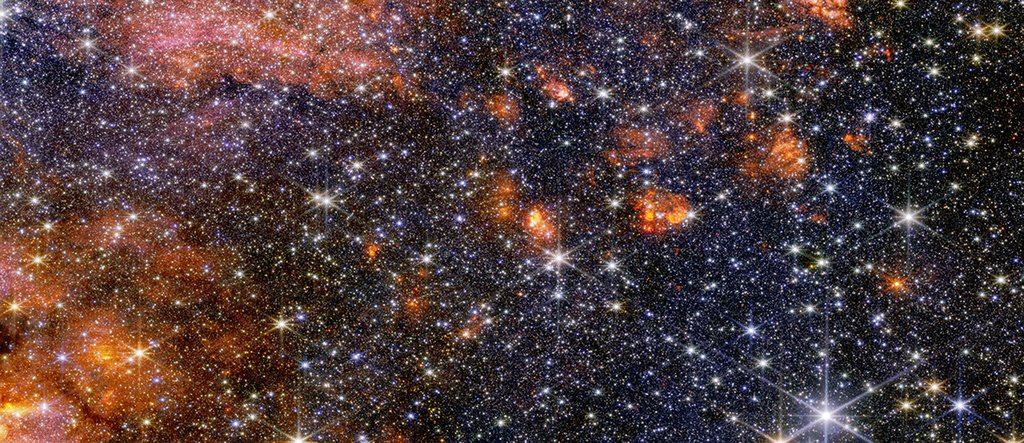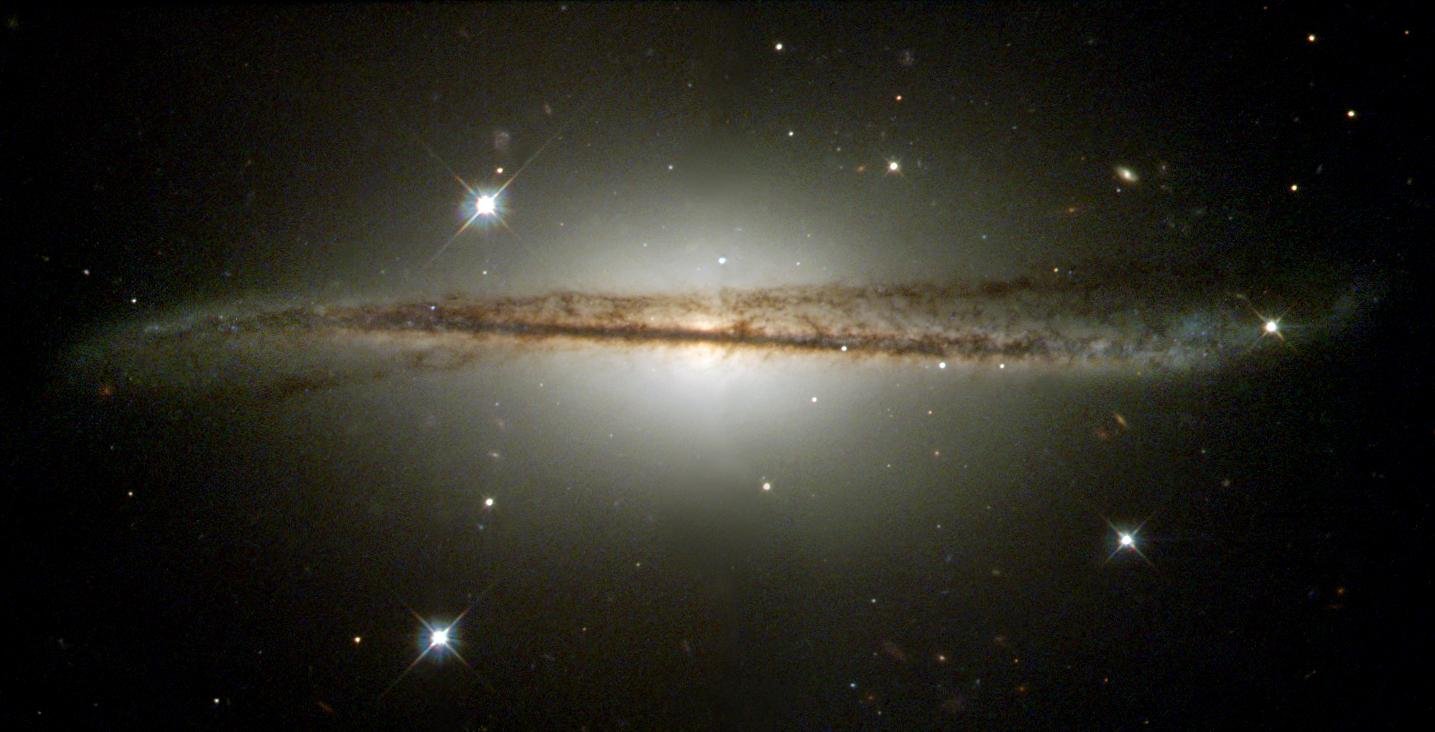
Stars and Galaxies
Exploring Beyond our Solar System
Stars and Galaxies Research at JPL
The nighttime sky is magical. The dark curtain sprinkled with tiny dots of light has inspired songs, sparked romances, and prompted humans through the ages to gaze at the twinkling scene overhead and wonder what’s out there and what it all means. Some of those humans are scientists and engineers at JPL, who continue developing new tools and techniques to answer those primal questions.
Powerful telescopes on Earth and observatories in space, including many developed and managed by JPL, have peered back in time across colossal distances. They have used multiple wavelengths of light to view stars, galaxies, and other cosmic objects, sometimes as they were billions of years ago. This power enables us to see many stars in their infancy or childhood, long before their glow traveled across many light-years to shine as dots in our night sky.
Even after more than four decades of historic exploration, the JPL-managed twin Voyager spacecraft still talk to Earth every day, using a tiny amount of power, comparable to a refrigerator light bulb. After a long and historic period of exploring the four giant planets in our solar system, the Voyagers became the first probes ever to reach interstellar space. In that vast, previously unexplored region, the probes are tasting space outside the protective bubble of particles and magnetic fields created by our Sun. They crossed over in 2012 and 2018, respectively, becoming the first spacecraft to enter this region.
Space Oddities
Our universe includes a variety of astonishing and sometimes bizarre objects. Massive black holes so powerful, they swallow nearby objects. Galaxies that merge into giant swirls. Enormous stars that eventually explode and become supernovas. Neutron stars — objects so dense, one tablespoon of their material would weigh about 1 billion tons on Earth. Through its research and missions, JPL has captured data and stunning images of many of these odd objects in space. In addition, future work involves unlocking the mysteries of the invisible phenomena of dark matter and dark energy. Dark matter makes up about 85% of the mass in the universe and creates the basic scaffolding for galaxy construction. Dark energy, which can help explain the past and future of the universe, makes up more than two-thirds of all energy.
More About Stars and Galaxies
Mission SpotlightSPHEREx
The Spectro-Photometer for the History of the Universe, Epoch of Reionization and Ices Explorer (SPHEREx) mission will provide an all-sky spectral survey. Over a two-year planned mission, the SPHEREx Observatory will collect data on more than 450 million galaxies along with more than 100 million stars in the Milky Way in order to explore the origins of the universe.
Explore